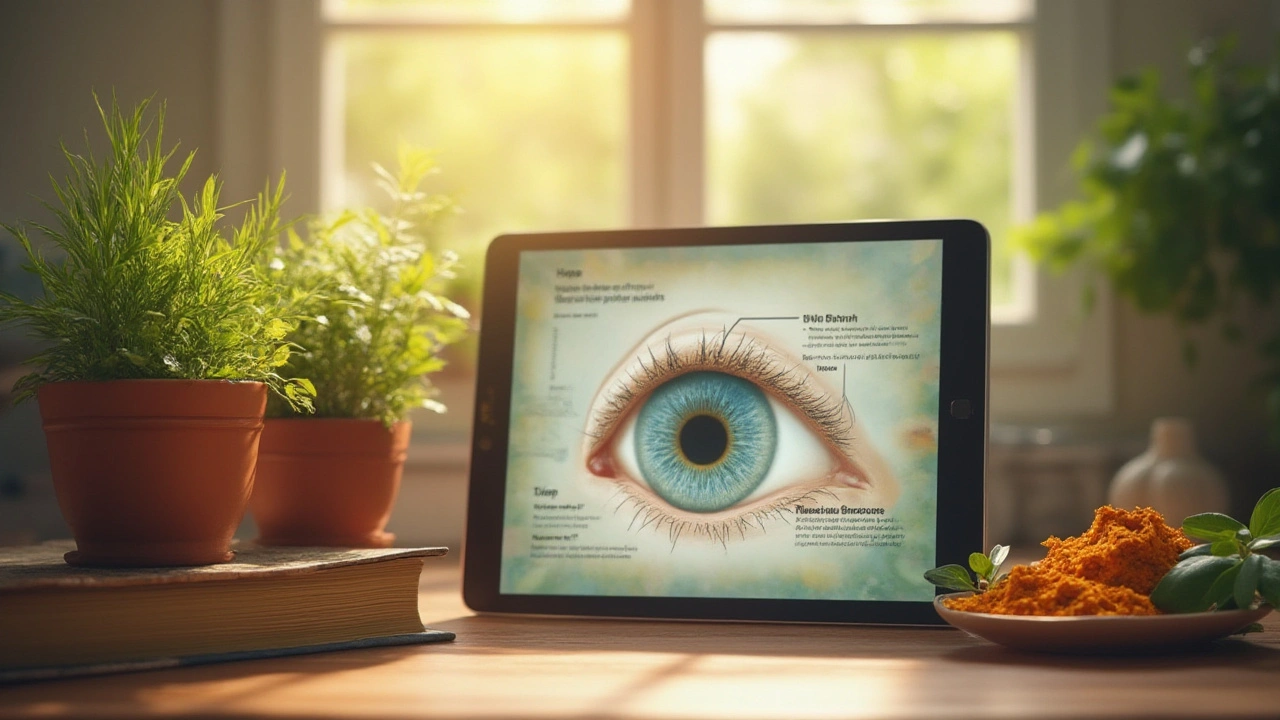Alternatives to Timolol: What Options Do You Have?
If you’re on Timolol and wonder if there’s a gentler option, you’re not alone. Many people experience eye irritation, fatigue, or even a drop in heart rate from this beta‑blocker. The good news is that glaucoma treatment isn’t limited to Timolol. Today we’ll walk through the most common substitutes, why they might work better for you, and what to watch out for.
Common Non‑Beta‑Blocker Eye Drops
Prostaglandin analogs are the go‑to first line for many doctors. Latanoprost, bimatoprost, and travoprost all lower eye pressure by increasing fluid outflow. They’re once‑daily, usually well‑tolerated, and the biggest side effect is a darker iris shade—nothing dangerous, just a cosmetic change.
Carbonic anhydrase inhibitors such as dorzolamide (Azopt) and brinzolamide (Azopt‑C) work by reducing fluid production. They’re often prescribed when prostaglandins aren’t enough on their own. Expect a mild stinging sensation when you first apply them, but most users adapt quickly.
Alpha‑agonists like brimonidine (Alphagan) cut pressure by both decreasing fluid production and boosting outflow. They can cause a temporary burning feeling and, for a few, a dry‑eye sensation. Still, many people find them a solid alternative if beta‑blockers cause systemic issues.
When to Switch or Combine Therapies
Switching shouldn’t be a DIY project. Talk to your eye doctor before stopping Timolol; a sudden gap can raise pressure fast. Your doctor may suggest a trial of a prostaglandin for a month, then check your numbers. If pressure is still high, they might add a carbonic anhydrase inhibitor or an alpha‑agonist, creating a combo that hits the target without the side effects you dislike.
Some patients prefer combination drops that bundle two drugs into one bottle, like dorzolamide/timolol. If you want to ditch Timolol completely, look for combos that pair a prostaglandin with a carbonic anhydrase inhibitor—these exist under brand names like Xalacom or generic equivalents.
Beyond drops, laser therapy (selective laser trabeculoplasty) can reduce pressure without any daily meds. It’s an outpatient procedure, and many folks stay drop‑free for years afterward. Surgery is the last resort, but modern minimally invasive glaucoma surgery (MIGS) offers quicker recovery and fewer complications than older methods.
When you’re deciding, keep a simple checklist: does the drop cause eye redness or discomfort? Any systemic symptoms like a slow heartbeat? How often do you need to apply it? The answers help you and your doctor pick a regimen you’ll actually stick to.
Finally, remember that lifestyle tweaks—regular exercise, a low‑salt diet, and staying hydrated—support eye‑pressure control. They aren’t a replacement for medication, but they can ease the load and improve overall eye health.
Bottom line: Timolol works for many, but you have solid alternatives ranging from prostaglandin drops to laser procedures. Have a chat with your eye specialist, try a new drop for a few weeks, and monitor your pressure. The right choice is the one that lowers your numbers while letting you live comfortably.

17
Jul
Curious about natural alternatives to Timolol for glaucoma? Learn about herbal treatments, lifestyle tweaks, and the science behind alternative eye pressure management.
Read More
